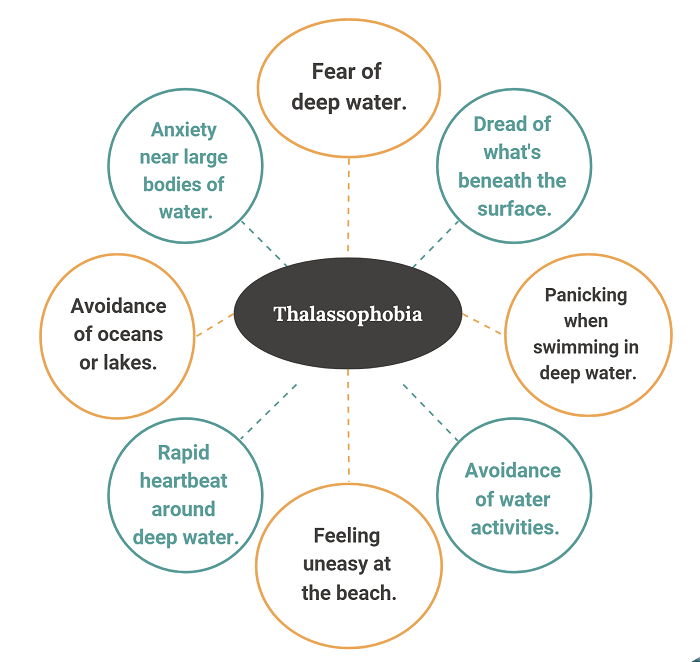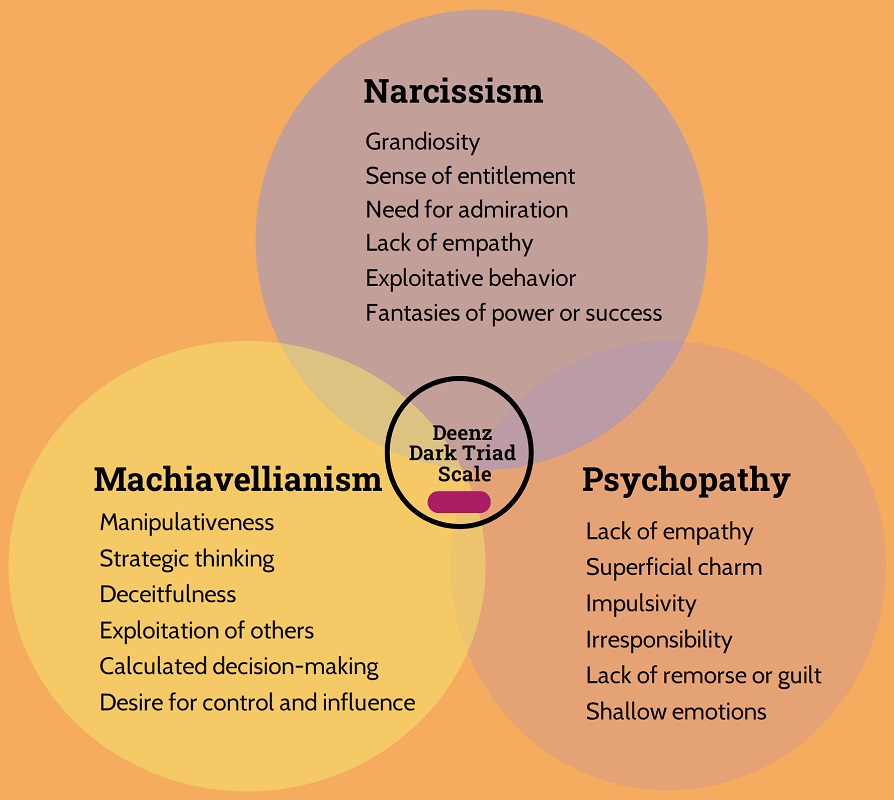Basic information | |
|---|---|
| Statements: | 26 |
| Duration: | 4–6 minutes |
| Type: | Self-assessment Quiz |
| Publishing year: | 2023 |
| Seminal paper: | Development and Validation of Deenz Maladaptive Daydreaming Scale (DMDS-26): Advancements in Assessing Tendencies towards Maladaptive Daydreaming. [Preprint] |
Maladaptive daydreaming test is the digital adaptation of Deenz Maladaptive Daydreaming Scale (DMDS-26) which is the valid and reliable measure for accessing tendencies towards maladaptive daydreaming. [1] Development and Validation of Deenz Maladaptive Daydreaming Scale (DMDS-26): Advancements in Assessing Tendencies towards Maladaptive Daydreaming. The self-assessment is not a diagnostic tool, only a mental health professional can make a proper and definitive diagnosis. The results obtained from this quiz are intended solely for educational purposes. We DO NOT collect your personal information or store your results for research purposes.
Daydreaming is a part of the healthy cognitive process and imagination. Researchers believe that daydreaming positively impacts one’s mental, cognitive, and creative processes. [2] “Ode to positive constructive daydreaming.” Frontiers in psychology 4 (2013) On the other hand, excessive daydreaming can have a negative impact on one’s social, personal relationships and overall well-being. [3] Pietkiewicz, Igor J., et al. “Maladaptive daydreaming as a new form of behavioral addiction.” Journal of Behavioral Addictions 7.3 (2018): 838-843. Deenz Maladaptive daydreaming scale can help determine whether your engagement in daydreaming might be considered maladaptive and can measure the impact on your interpersonal relations and cognitive process.
Maladaptive daydreaming is not considered as a mental health condition but it may be linked to various mental health disorders such as Post-Traumatic Stress Disorder (PTSD), autism spectrum, Attention-deficit/hyperactivity disorder (ADHD)etc. Maladaptive daydreaming is the psychological concept, in which a person spends excessive amount of time or hours in an imaginary world. Maladaptive daydreaming does not have a specific diagnosis in the diagnostic manual, but excessive daydreaming can negatively impact person’s daily functioning, personal and social well-being.
Sometimes when we listen to music, we start imagining a fake scenario, and we immediately start daydreaming and enjoying the fantasy. Daydreaming is a normal part of life, but when we spend hours fantasizing and begin to love the imaginary world, we can start neglecting the social aspects of life. This behavior can lead to social and psychological problems in our lives.
Maladaptive Daydreaming is not yet categorized as a separate mental health disorder. However, some researchers have suggested including the separate diagnosis of Maladaptive Daydreaming in the diagnostic statistical manual. [4] Maladaptive daydreaming: Proposed diagnostic criteria and their assessment with a structured clinical interview. Psychology of Consciousness: Theory, Research, and Practice, 4(2), 176–189.
This quiz can help identify potential symptoms of maladaptive daydreaming and assist in tracking the progress of self-help strategies.
Participation in the maladaptive daydreaming quiz is completely anonymous. Your results are based on the browsing session, that means when you finish the quiz your results gets automatically erased. If you have any question regarding your privacy please consult our privacy and terms of service.
References
DM Dar. Development and Validation of (DMDS-26): Advancements in Assessing Tendencies towards Maladaptive Daydreaming. Authorea. February 23, 2024. DOI: 10.22541/au.170870556.69377473/v1 ↩
Pietkiewicz, Igor J., et al. “Maladaptive daydreaming as a new form of behavioral addiction.” Journal of Behavioral Addictions 7.3 (2018): 838-843. https://doi.org/10.1556/2006.7.2018.95 ↩
McMillan, Rebecca L., Scott Barry Kaufman, and Jerome L. Singer. “Ode to positive constructive daydreaming.” Frontiers in psychology 4 (2013): 626. http://dx.doi.org/10.3389/fpsyg.2013.00626 ↩
Somer, E., Soffer-Dudek, N., Ross, C. A., & Halpern, N. (2017). Maladaptive daydreaming: Proposed diagnostic criteria and their assessment with a structured clinical interview. Psychology of Consciousness: Theory, Research, and Practice, 4(2), 176–189. https://doi.org/10.1037/cns0000114 ↩







